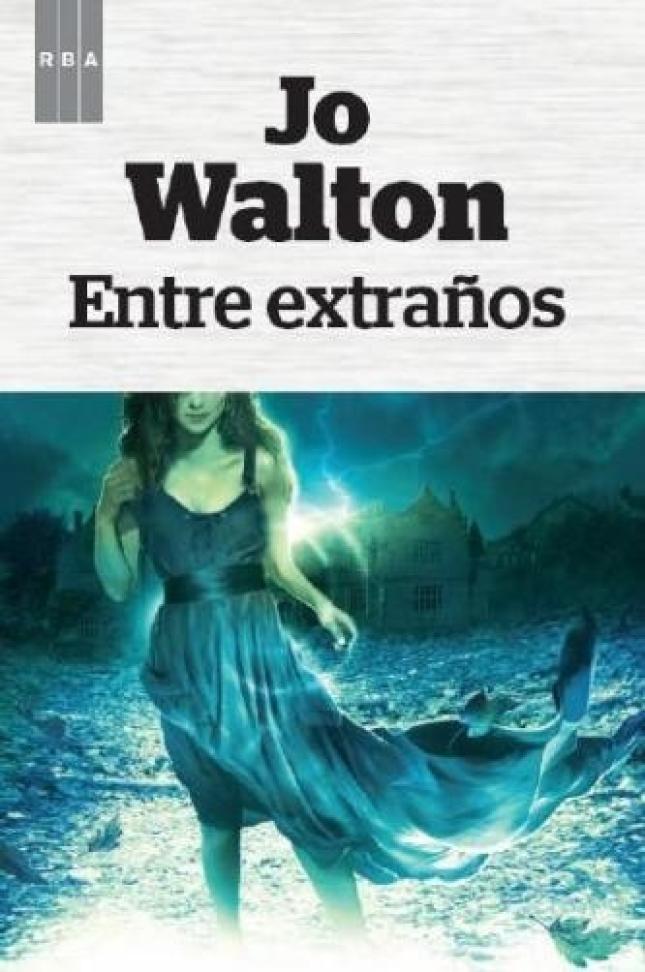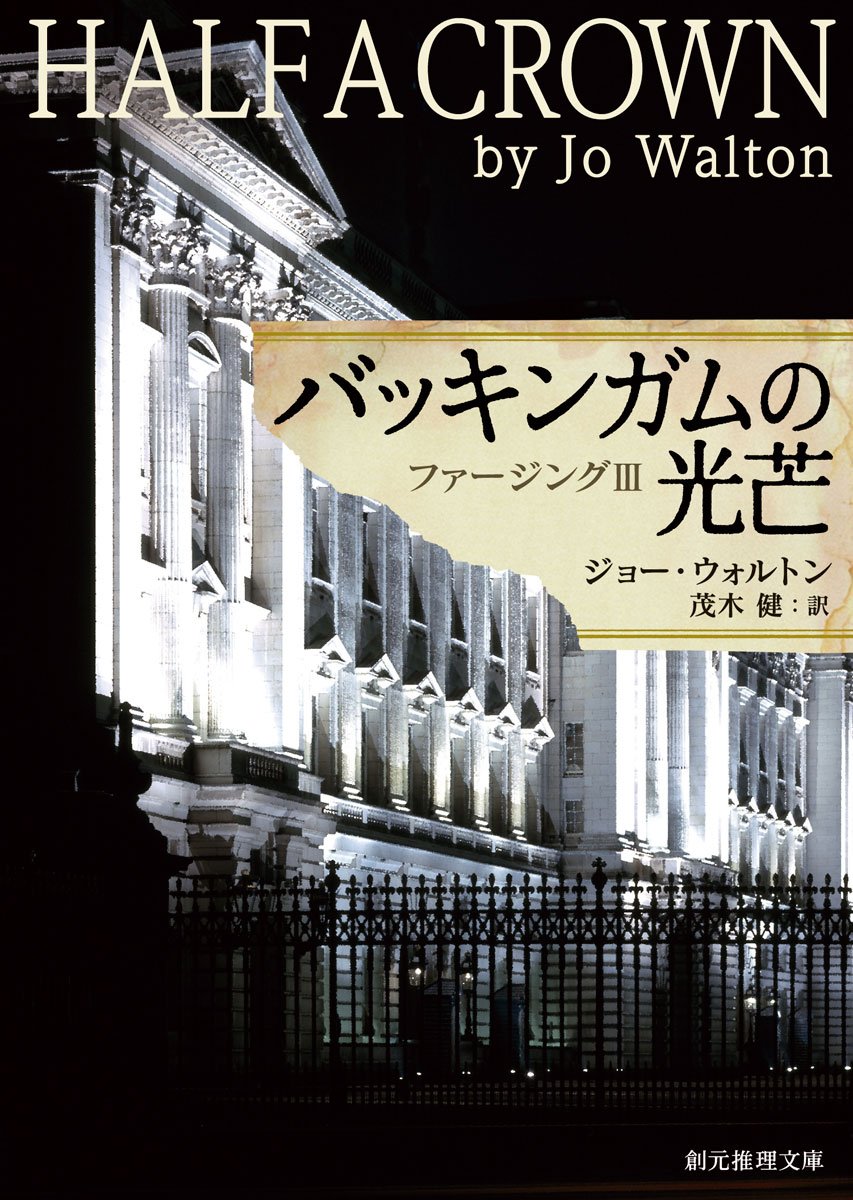I always know huge amounts more than end up on the page. I need to know it, and often I don’t have to think about knowing it, I just know it, it’s inherent in the world and it doesn’t end up being mentioned because it’s not necessary. But for any book or story or poem of mine, I know the whole matrix in which it is embedded. Sometimes there will be two words in a poem that I could expand on if I wanted to, that I could write pages and pages about because it’s there in my head. I don’t write the pages and pages. It’s not necessary to make them explicit, but it’s necessary to have them implicit or that word wouldn’t be the right word. I wouldn’t know the word if I didn’t know everything that underlies it.
One of the mode things I need to know before I start writing is the fulcrum feel of how the thing works, and that *never* all gets on the page.
Sometimes it’s easy to explain. Like Tooth and Claw, OK, once I had that insight that Trollope understands dragons and not humans then it went down like dominoes in my head, therefore cannibalism, therefore turning pink, Yarg conquest, religion, slavery, wing-bound parsons, female factory workers, emancipation, their very complicated method of government, all ending in fire in their WWI-equivalent. The method of government and the ending in fire and the female factory workers didn’t get into the book, and the emancipation barely did, but there they are. And sometimes, always, I’ll need to make up details and work out details, but within the space of the frame I have. And often I can’t explain it like this — I honestly worked out the whole Small Change universe between one paragraph of reading Brat Farrar (for the twentieth time) and the next. And some of it got onto the page.
OK, I have an example. In Sixpence, the unwritten story about Viola in 1971, the house she is living in has a huge screen of dark evergreens between the house and the road. There are rhododendrons too. If I were to write it (which isn’t going to happen) they might or might not get onto the page, depending. But I know that they are there. They are unchangable and fixed. The house is on the north-west side of Kendal, but if I had a good reason to put it near Oxenholme instead or further towards Windermere, or even right up in the Lakes, I could do that. That’s within what’s reasonably flexible until I start writing it. But I absolutely can’t change those dark evergreens, even though they might never be mentioned. Why are they required? Beats me. How do I know they are there? They came to me. Somebody asked me what happened to Viola, and I thought about it, and wham, there’s that house with the dark shrubs and trees, and the shoots of snowdrops and she’s married a doctor and got out of the nursing home (they don’t hang people like her) and she thinks the gardener’s boy is going to be an actor, but actually he’s going to be a poet.
Some things I have to work out. If I were going to write that, I’d have to work out ten more years of that alternate history — no thanks. But some things are just contained in the possibility of telling the story at all and that’s all there is to it — even though they might not be the things you need to write down.
Oh, and you can’t tell from outside. You can’t tell if something is something that had to be there or something I made up. You can’t tell if it’s something I know huge amounts more about. Well, except people, obviously. I mean almost every character could have their own book. But I think that’s normal. But if you see a shrub you don’t know if it’s an essential mode shrub or if I put it there for thematic reasons or just to fill a pause. And the same if you don’t see a shrub, come to think of it.



